Apollo 14 astronauts Commander Alan B. Shepard, Command Module Pilot (CMP) Stuart A. Roosa, and Lunar Module Pilot (LMP) Edgar D. Mitchell participated in the Countdown Demonstration Test (CDDT) at NASA’s Kennedy Space Center (KSC), a major milestone leading up to the Jan. 31, 1971 launch of their lunar landing mission. During the CDDT, engineers essentially completed a dress rehearsal of the launch, including filling the rocket with propellants, and continuing the countdown until just before engine ignition. The astronauts participated in the final part of the rehearsal as they would on launch day. Shepard, Roosa, and Mitchell, along with backup crew members Eugene A. Cernan, Ronald E. Evans, and Joe H. Engle continued to train for the flight to land in and explore the Fra Mauro highlands region of the Moon.
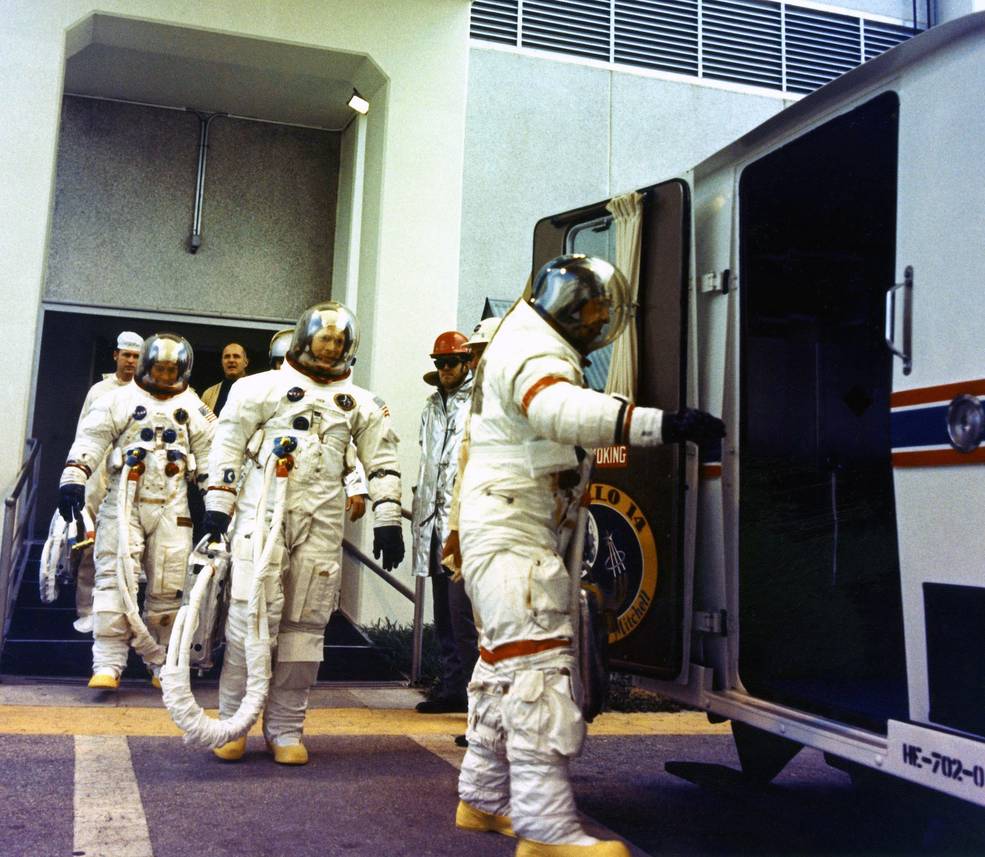
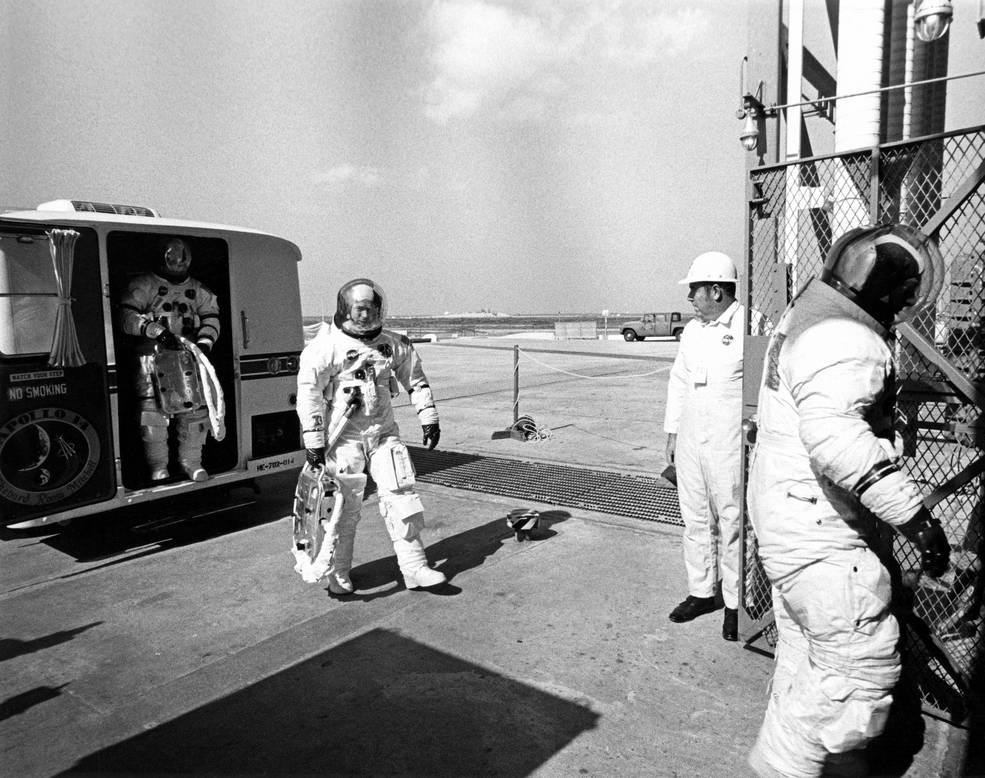
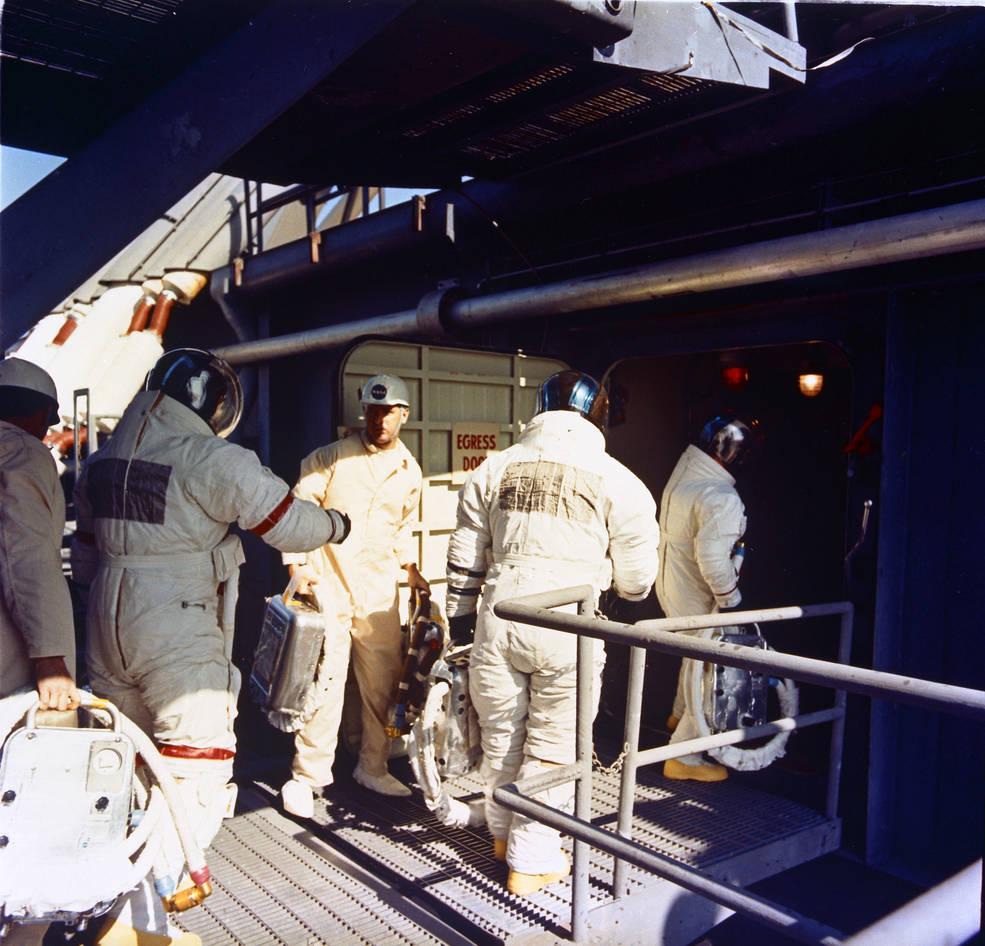
Left: Apollo 14 astronauts Edgar D. Mitchell, left, Stuart A. Roosa, and Alan B. Shepard board the astronaut van on their way to Launch Pad 39A to participate in the Countdown Demonstration Test (CDDT) at NASA’s Kennedy Space Center. Middle: Shepard, left, Roosa, and Mitchell arriving at Launch Pad 39A for the CDDT. Right: Shepard, left, Mitchell, and Roosa about to enter the White Room to board their spacecraft.
Engineers at KSC began the CDDT, on Jan. 13. The first portion, or “wet” phase, of the CDDT consisted of loading the Saturn V rocket with propellant and oxidizer as if preparing for launch, with the countdown continuing until just before the planned first stage ignition. The wet phase concluded on Jan. 18. Workers then drained the rocket of propellant and reset the countdown for the “dry” phase of the test. About 2.5 hours before the countdown reached zero, the space-suited astronauts boarded their spacecraft as on launch day. The CDDT concluded as the countdown neared zero, and the astronauts exited the spacecraft. Launch controllers in Firing Room 2 of the Launch Control Center at KSC monitored all phases of the test in what amounted to a dress rehearsal for the launch.
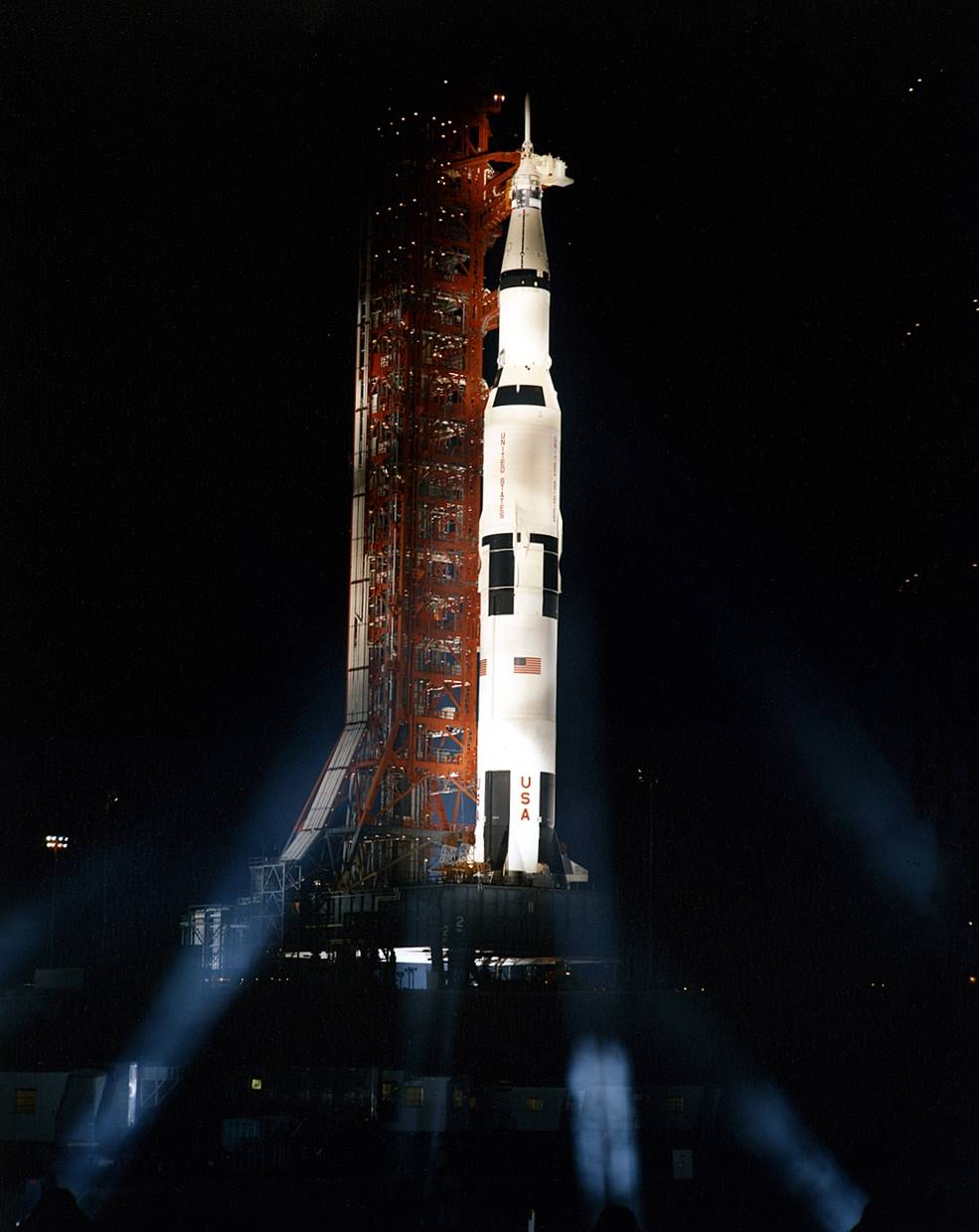
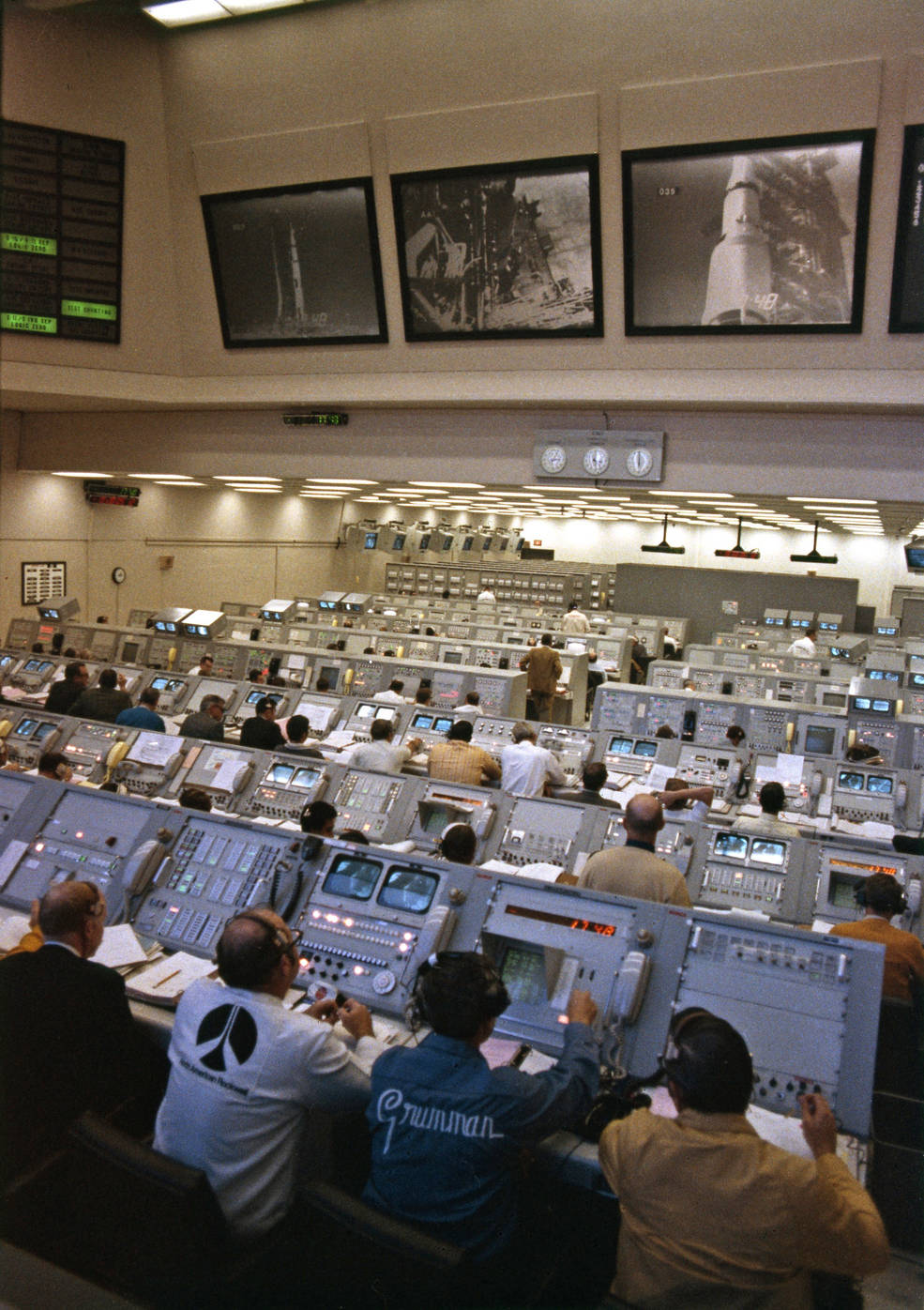
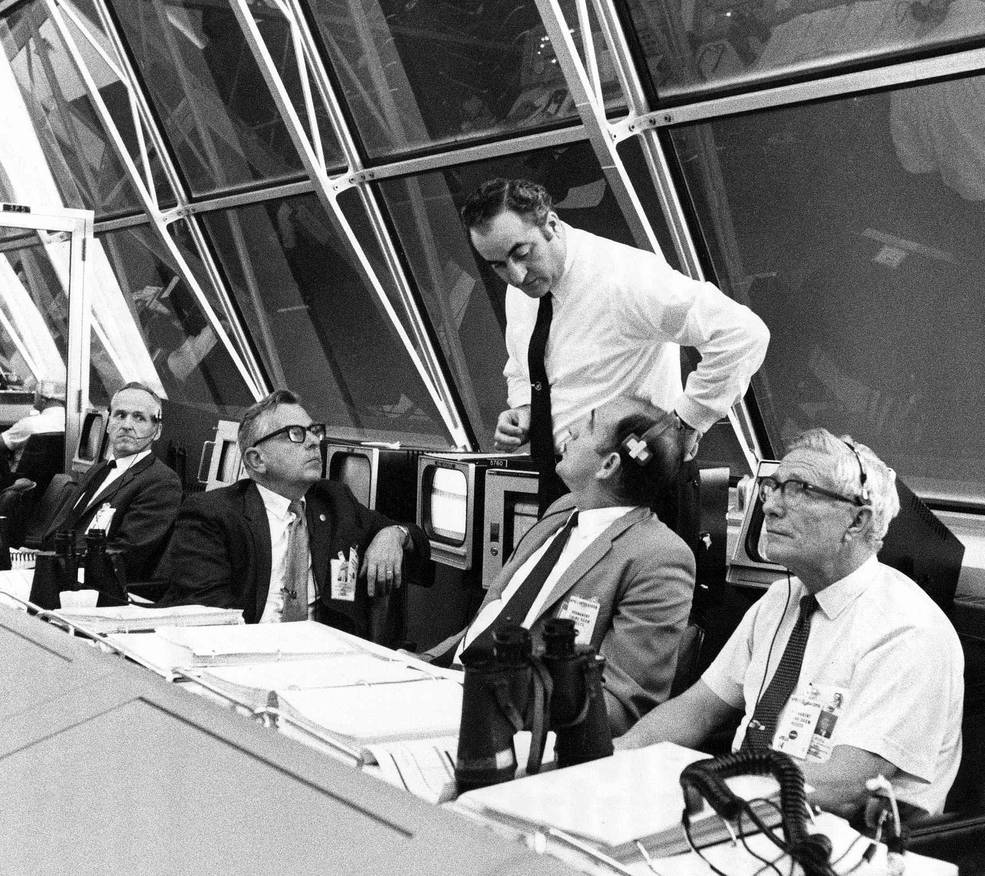
Left: The Apollo 14 Saturn V rocket on Launch Pad 39A during the Countdown Demonstration Test (CDDT). Middle: Controllers in Firing Room 2 at the Launch Control Center (LCC) at NASA’s Kennedy Space Center. Right: In the LCC, Apollo Program Director Rocco A. Petrone, standing, talking with Walter J. Kapryan, Director of Launch Operations, left, and Graydon F. “Bo” Corn, launch vehicle operations propellants branch chief, during the Apollo 14 CDDT.
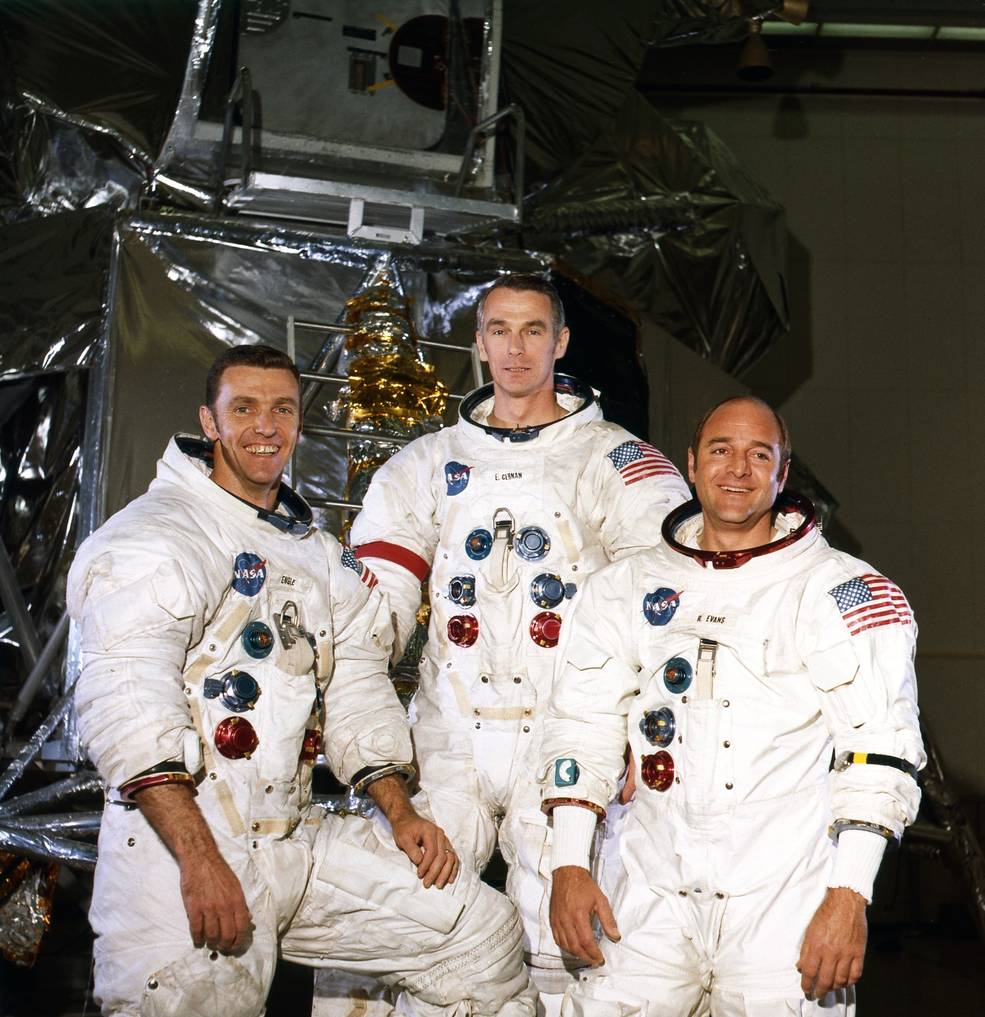
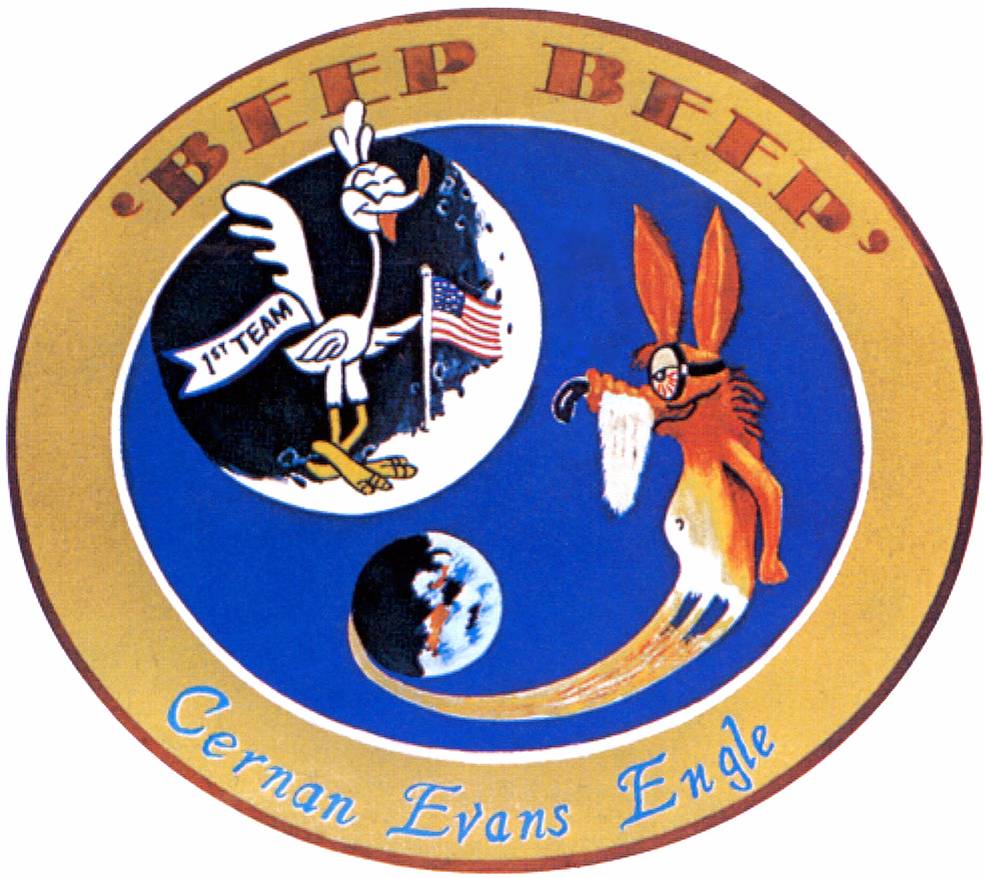
Left: Apollo 14 backup crew members Joe H. Engle, left, Eugene A. Cernan, and Ronald E. Evans posing in front of the Lunar Module trainer. Right: The unofficial patch of the Apollo 14 backup crew.
The Apollo 14 backup crew of Cernan, Evans, and Engle continued training alongside Shepard, Roosa, and Mitchell. Perhaps as a tongue-in-cheek jab at the prime crew commander, Cernan, Evans, and Engle designed their own crew patch, based on the prime crew’s, just in case Shepard’s “advanced” age of 47 caused him to be disqualified from the mission. Of course, Shepard ended up flying the mission as the oldest person in space at the time and still the oldest person to walk on the Moon.
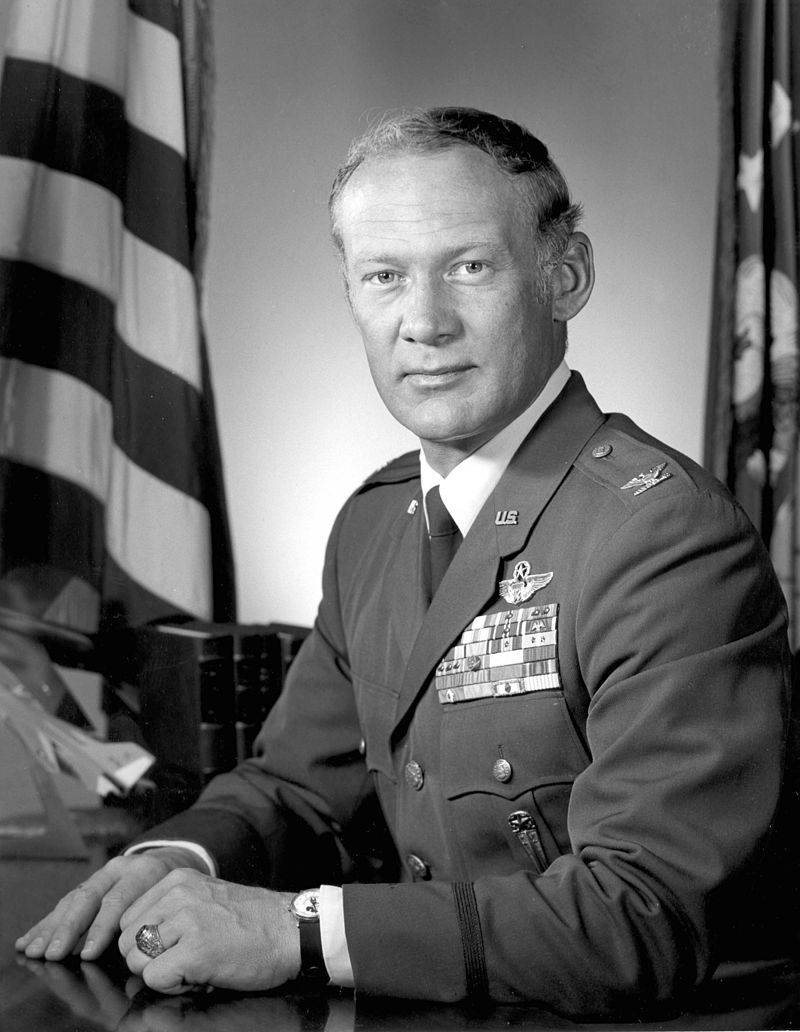
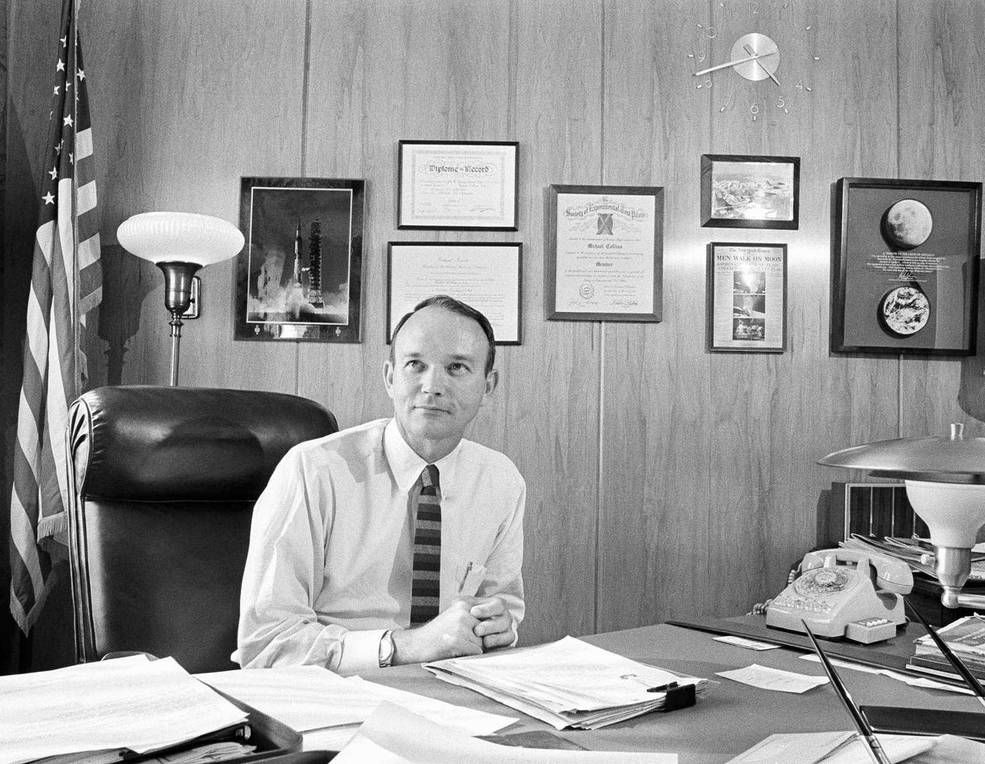
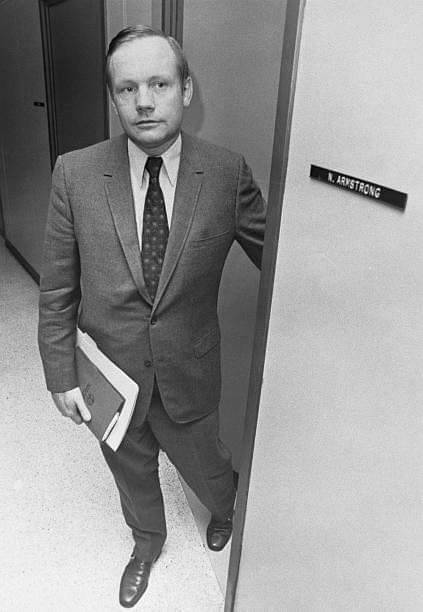
Left: Official portrait of Edwin E. “Buzz” Aldrin as commandant of the U.S. Air Force Aerospace Research Pilot School, taken in 1971. Middle: Former Apollo 11 astronaut Michael Collins in his office at the State Department in June 1970. Right: Former Apollo 11 astronaut Neil A. Armstrong leaving his office to teach his first class at the University of Cincinnati in 1971.
In January 1971, Apollo 11 LMP Edwin E. “Buzz” Aldrin announced his plans to resign from NASA in July and return to the U.S. Air Force to assume command of the Air Force Systems Command’s Aerospace Research Pilot School, located at Edwards Air Force Base in California. Aldrin’s fellow Apollo 11 crew member, CMP Michael Collins, had left NASA in January 1970 to become Assistant Secretary of State for Public Affairs. The third Apollo 11 astronaut, Commander Neil A. Armstrong, retired from NASA in August 1971 to teach at the University of Cincinnati in Ohio. Three other Apollo veterans retired from NASA in this time frame. Apollo 8 astronaut William A. Anders left NASA in September 1969 to serve as the executive secretary for the National Aeronautics and Space Council, his fellow Apollo 8 crew member Frank Borman retired in June 1970 to join Eastern Airlines, and Apollo 7 astronaut R. Walter Cunningham left in August 1971 to pursue real estate interests.
To be continued…
John Uri
NASA Johnson Space Center

























